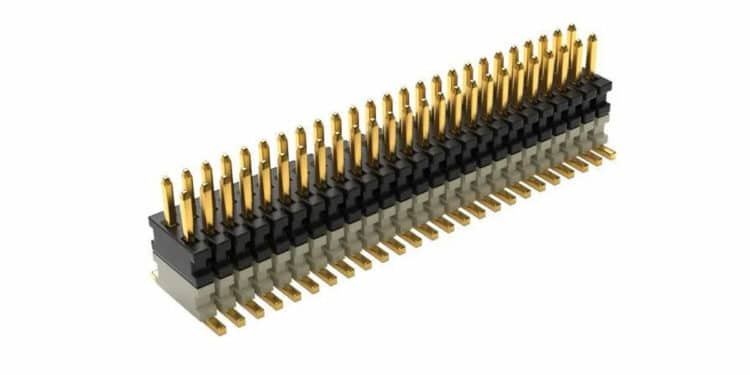This article, based on Samtec blog, explains what is JTAG connector and its common standards.
What is JTAG?
Joint Test Action Group, or JTAG, is the common name for IEEE Standard 1149.1. This standard defines a particular method for testing board-level interconnects, which is also called Boundary Scan. In short, JTAG was created to test for common problems, but lately, it has become a way of configuring devices. The JTAG hardware interprets information from five different signals: TDI (Test Data In), TDO (Test Data Out), TMS (Test Mode Select), TCK (Test Clock), and TRST (Test Report-optional).
The primary advantage of boundary-scan technology is the ability to observe data at the device inputs and control the data at the outputs independently of the application logic. Simple tests can find manufacturing defects such as unconnected pins, missing devices, incorrect or rotated devices on a circuit board, and even failed or dead devices.
The Joint Test Action Group was formed in 1985 to develop a method of verifying designs and testing printed circuit boards after manufacture. In 1990, the Institute of Electrical and Electronics Engineers codified the results of the effort in IEEE Standard 1149.1-1990, entitled “Standard Test Access Port and Boundary-Scan Architecture.” The JTAG standards have been extended by many semiconductor chip manufacturers with specialized variants to provide vendor-specific features.
What is a JTAG Connector?
A JTAG connector is a pin header (i.e., a male terminal strip connector), usually on either .100” (2.54 mm) or .050” (1.27 mm) centerline. Common sizes are 10 pin (2 x 5), 14 pin (2 x 7), and 20 pin (2 x 10). JTAG connectors can be either through hole or SMT, and either shrouded or unshrouded.
If this sounds like a pretty loose standard, you’re correct. Actually, there is no single connector standard for JTAG. At the simplest level, a “JTAG connector” only needs four or five pins to operate a JTAG TAP. However, designers often incorporate ground and signal, and that’s where the number of pins increases.






